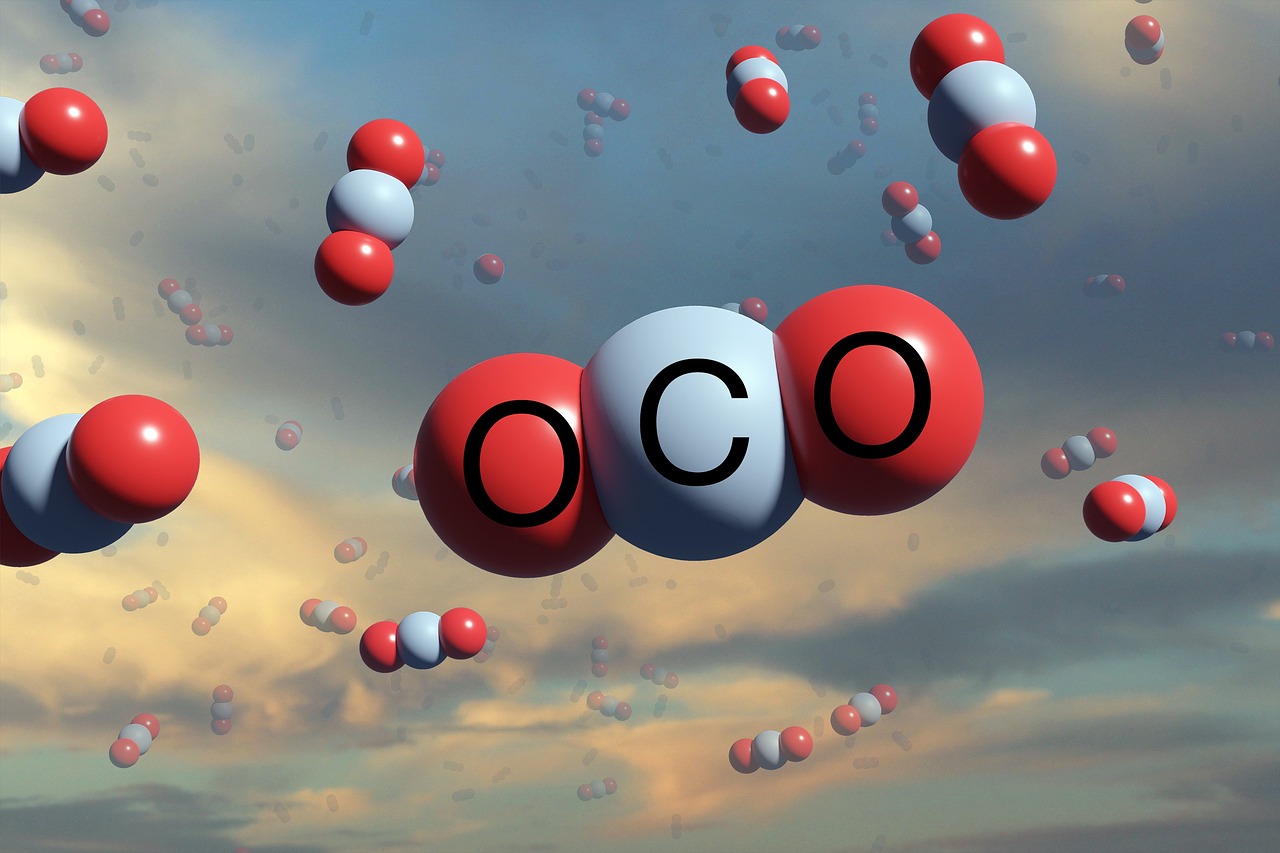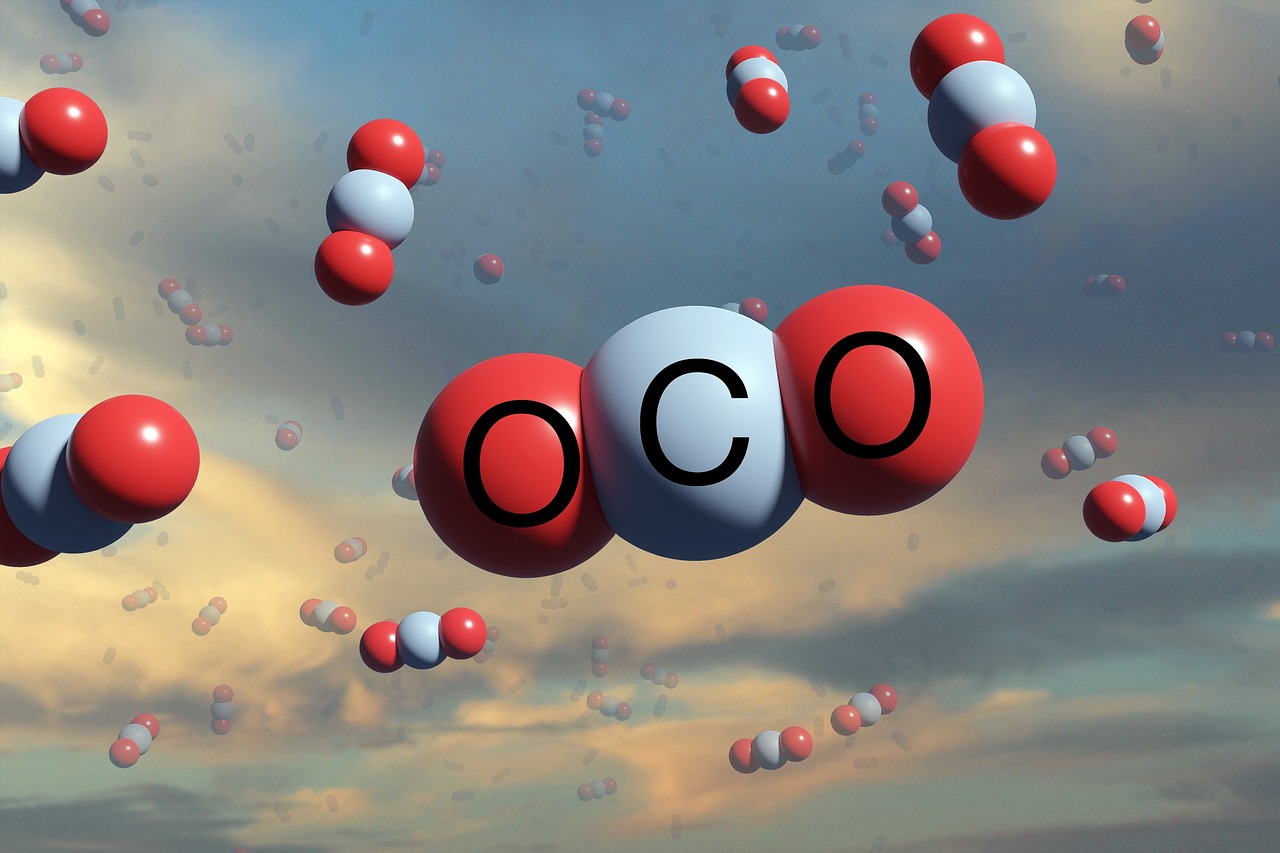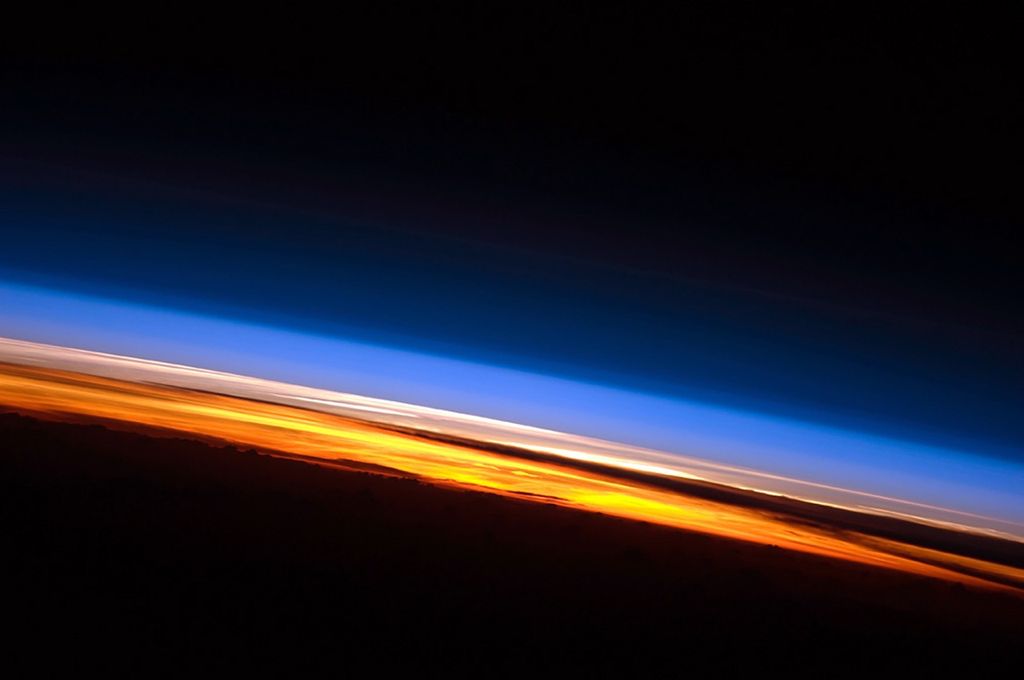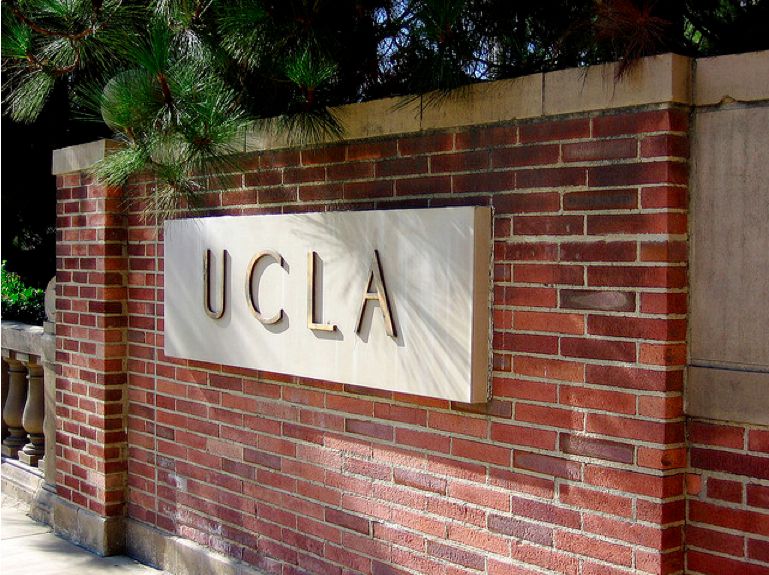
Fact-checking Series #3: Myths About Carbon Dioxide
Welcome to the third part of my Fact-Checking Series, where I dig into myths about carbon dioxide and clear up misunderstandings about climate.

Carbon dioxide, or CO₂, is an invisible gas that is all around us in the air. It’s made up of one carbon atom and two oxygen atoms. People and animals breathe it out when we exhale, and plants take it in to help them grow through a process called photosynthesis.
CO₂ is also a strong greenhouse gas, which means it traps heat in the Earth’s atmosphere. Without CO₂, our planet would be too cold for us to live. While this is natural and important for life, too much carbon dioxide from things like burning fossil fuels (coal, oil, and gas) can make the Earth warmer than it should be, which is causing a rise in global temperature and changes in our climate.
Here are some common claims I’ve seen on social media.
CO2 is only 0.04% of the atmosphere

The current amount of carbon dioxide (CO2) in the air is 0.0424%, which is more than 50% higher than it was in 1750. Even just 0.0275% CO2 is enough to keep Earth warm enough for life, preventing it from being freezing at 0°F (-18°C). This shows how even small amounts of strong substances like CO2 can make a big difference!
We are in a CO2 famine
This is yet another one of the myths about carbon dioxide. The fact is that the current amount of CO2 in the atmosphere hasn’t been this high in millions of years, long before humans even existed. Humans (especially 8 billion of us) and most living species are not adapted these conditions.
CO2 is plant food

Another of the myths about carbon dioxide is the claim that “CO2 is plant food”. This is nothing but an effort to downplay concerns about rising CO2 levels and their effects on climate change. While it’s true that plants need CO2 for photosynthesis, this idea oversimplifies the issue and ignores important details. Let’s explore why this argument is misleading:
Plants do need CO2 to grow, but there are limits. Beyond normal levels, adding more CO2 doesn’t mean plants will grow much more. Other things, like nutrients, water, the right temperatures, and healthy ecosystems, are just as important. Without these, extra CO2 won’t make much of a difference.
More CO2 can change how nutritious plants are. Studies show that while some plants grow faster with extra CO2, they often lose nutrients like nitrogen, which is important for both plants and the people and animals that eat them. This can make crops less healthy and worsen nutrition problems for people.
Extra CO2 can also make plants weaker against pests and diseases. Some research shows that plants grown in high CO2 conditions produce fewer natural chemicals that protect them from insects, making them easier targets.
Higher CO2 levels also contribute to climate change, which can harm plants in many ways. Extreme weather, changing rainfall patterns, and rising temperatures can stress plants, lower crop yields, and cause more crop failures. Not all plants react the same way to higher CO2—some invasive species may thrive while native plants struggle, which can hurt ecosystems.
Most CO2 in the atmosphere is natural
In 1750, the level of CO2 in the atmosphere was 275 parts per million (ppm). Today, it’s 424 ppm—a more than 50% increase since the start of the Industrial Revolution. Scientists know this rise is mainly caused by human activities, like burning fossil fuels. This is because the carbon released from burning fossil fuels has a unique “signature” that scientists can measure. It contains less carbon-14, a specific form of carbon, which helps prove that the extra CO2 is coming from human sources, not natural processes.
CO2 lags temperature
Finally, one of the most common myths about carbon dioxide I’ve seen is that CO2 lags temperature. That was true historically, but not now. In the past, Earth’s warming after ice ages was started by changes in the planet’s orbit, but CO2 played a big role in amplifying the warming. In fact, most of the warming happened after CO2 levels rose. This is because Earth’s oceans store a lot of CO2. When the oceans are cold, they can hold more CO2, but as they warm, they release CO2 into the atmosphere, which strengthens the warming.
Today, human-caused climate change is very different from these natural cycles. Instead of being driven by orbital changes, it’s mainly caused by CO2 and other greenhouse gases released from burning fossil fuels. These gases are now the main force behind Earth’s rising temperatures.
If you’re looking for cool cartoons and critical thinking to fight misinformation about climate, I highly recommend the book “Cranky Uncle vs. Climate Change” by John Cook.
Don’t miss my previous blogs about climate misinformation!





